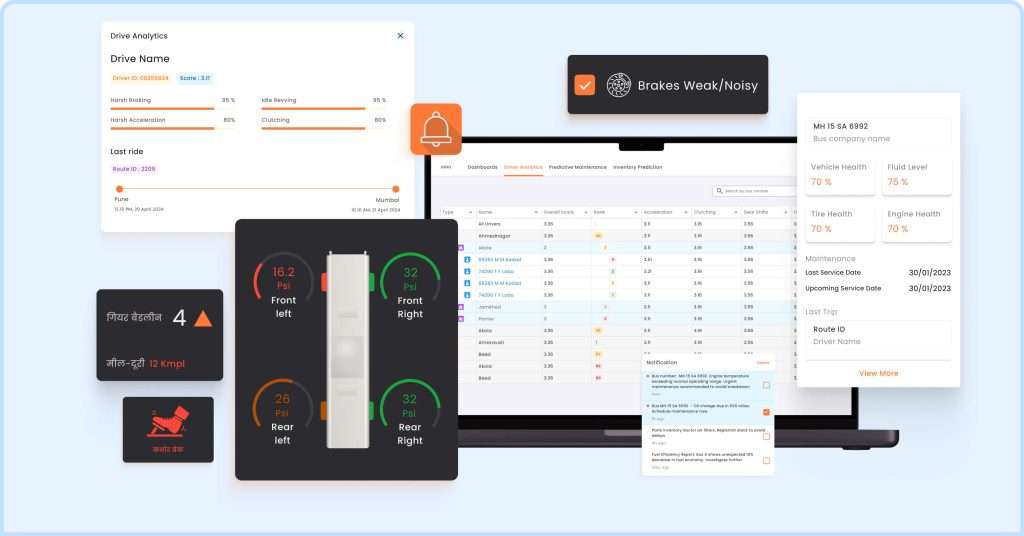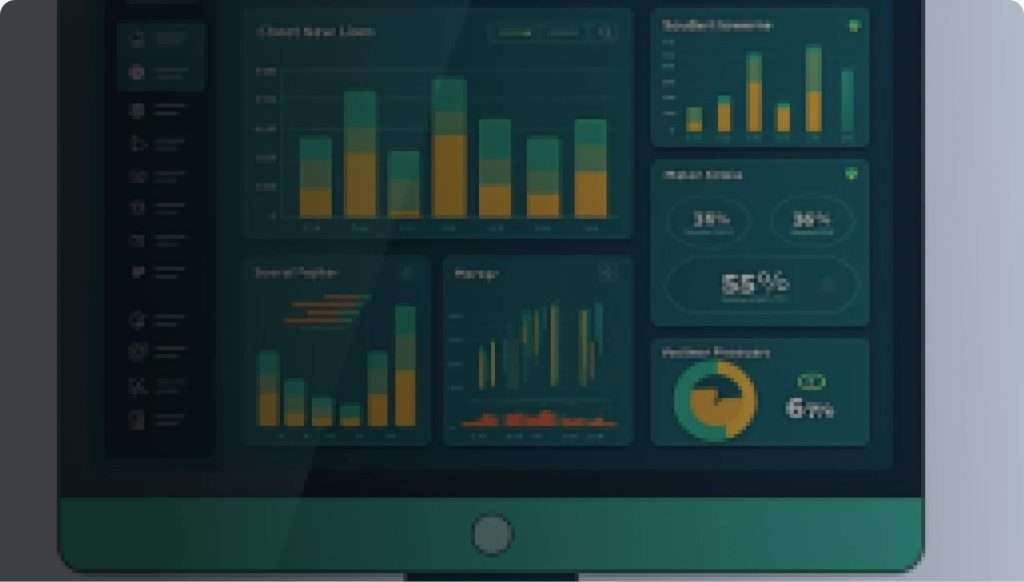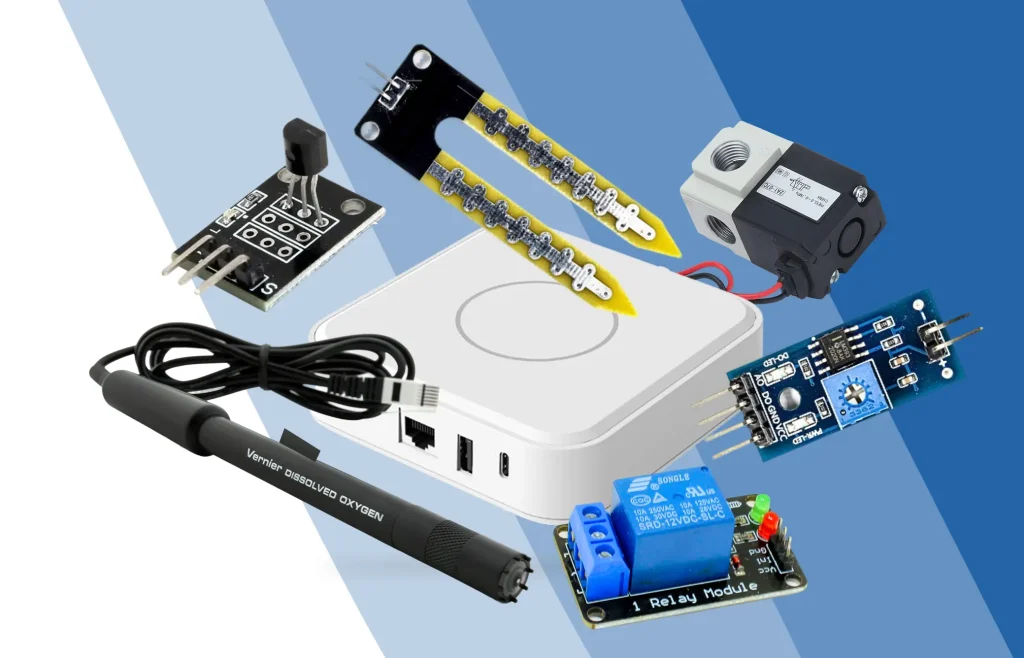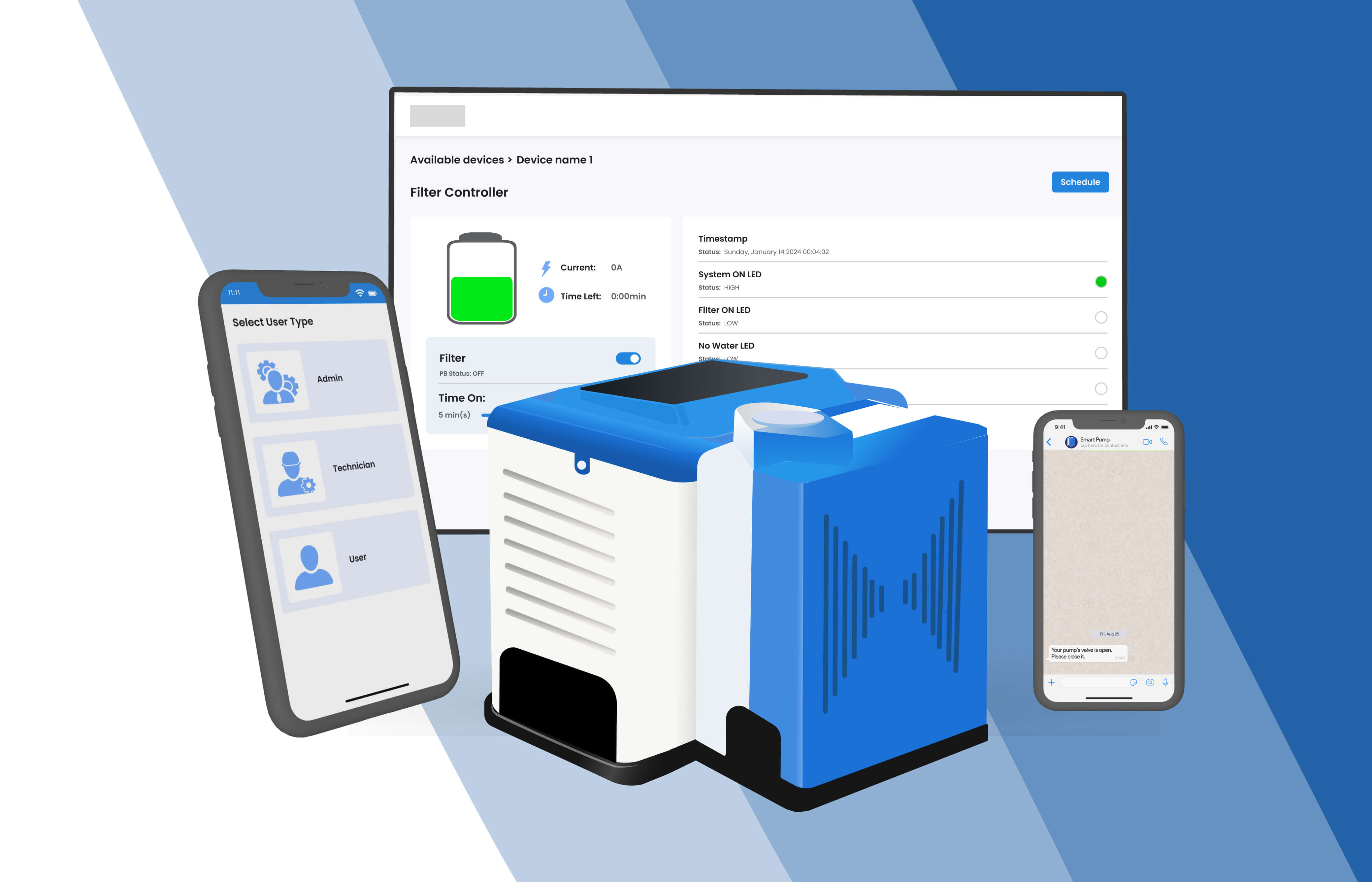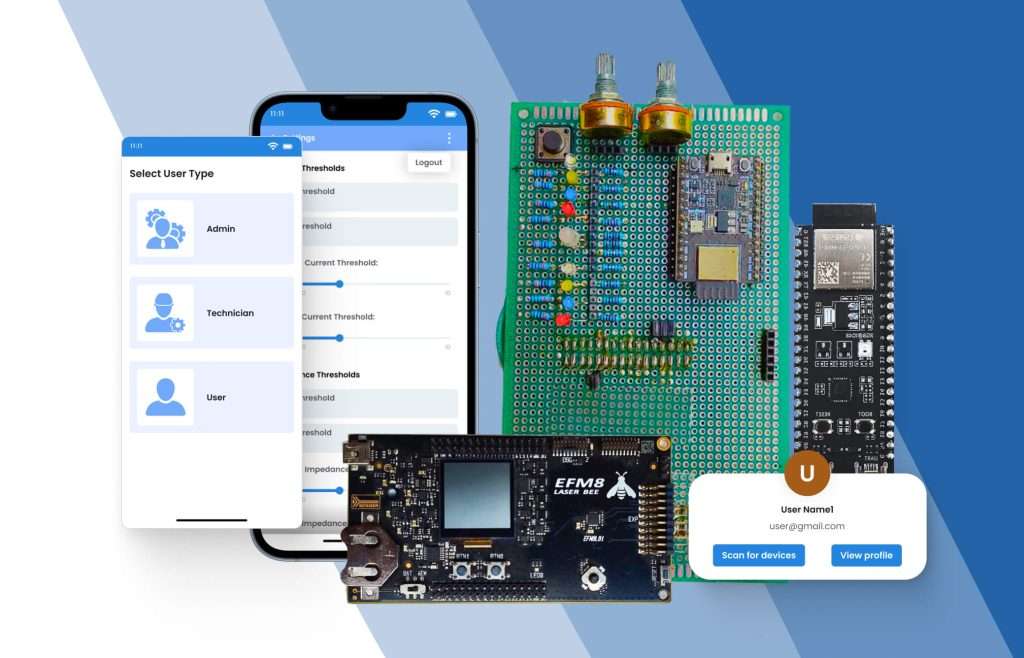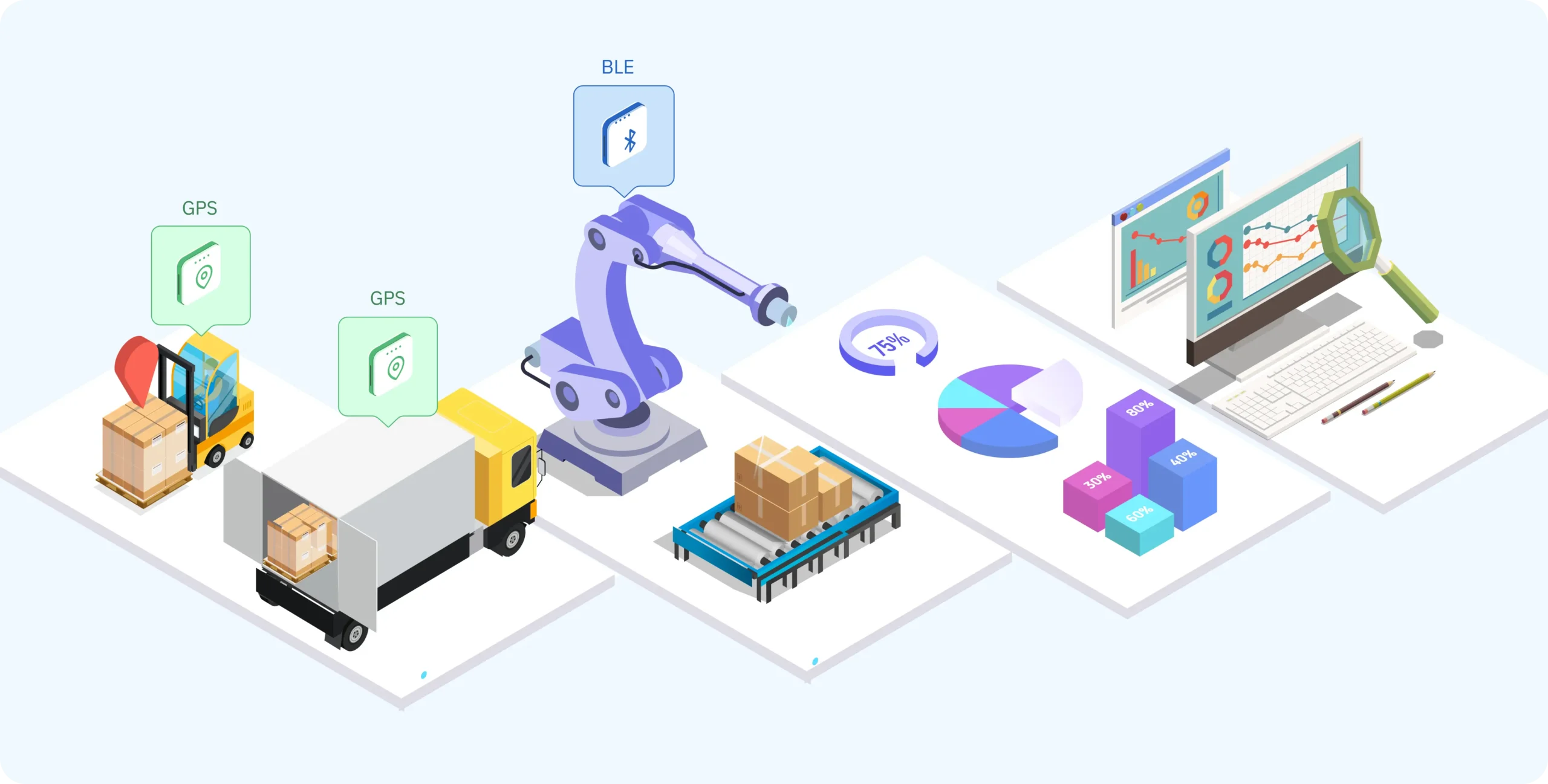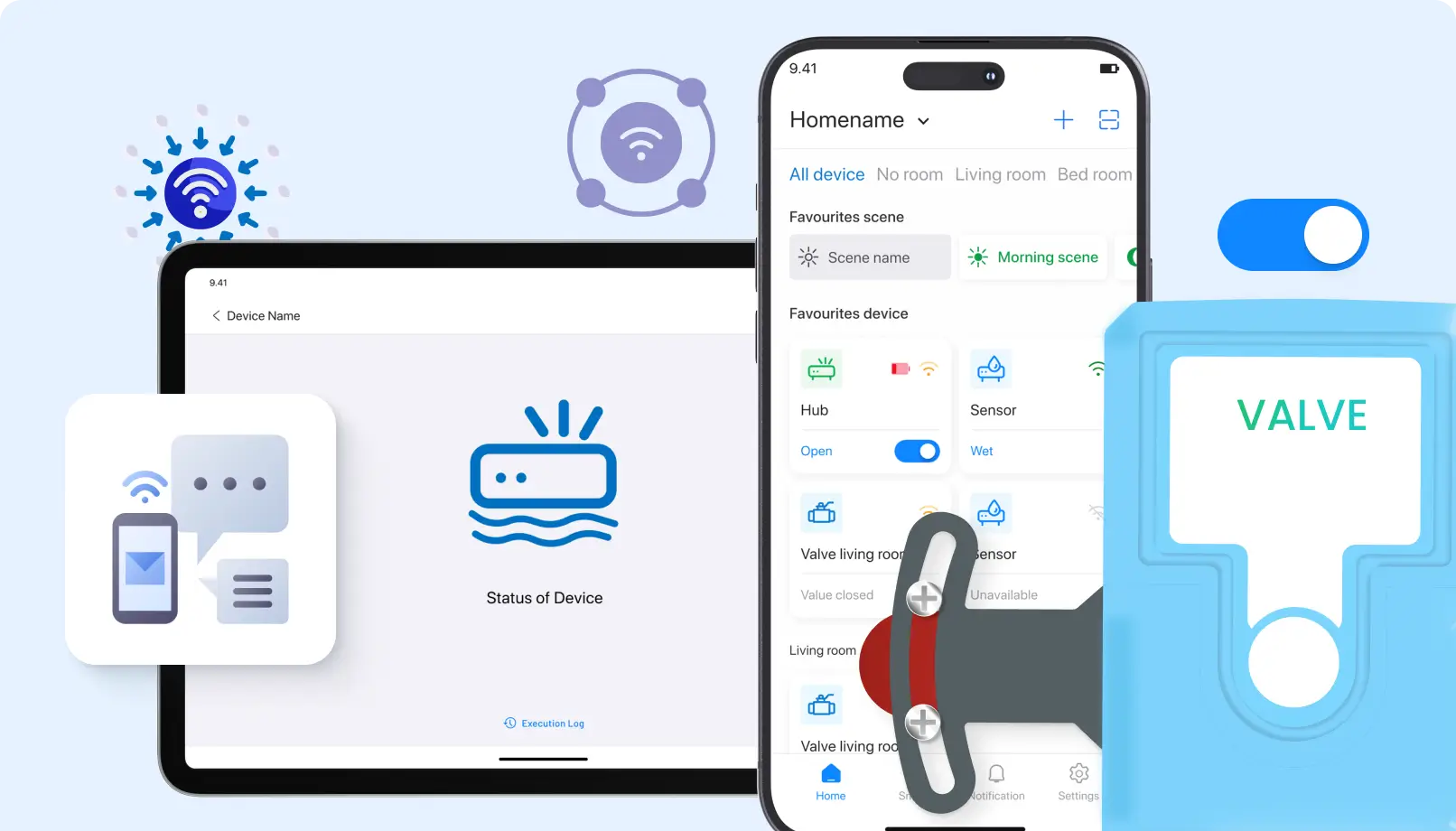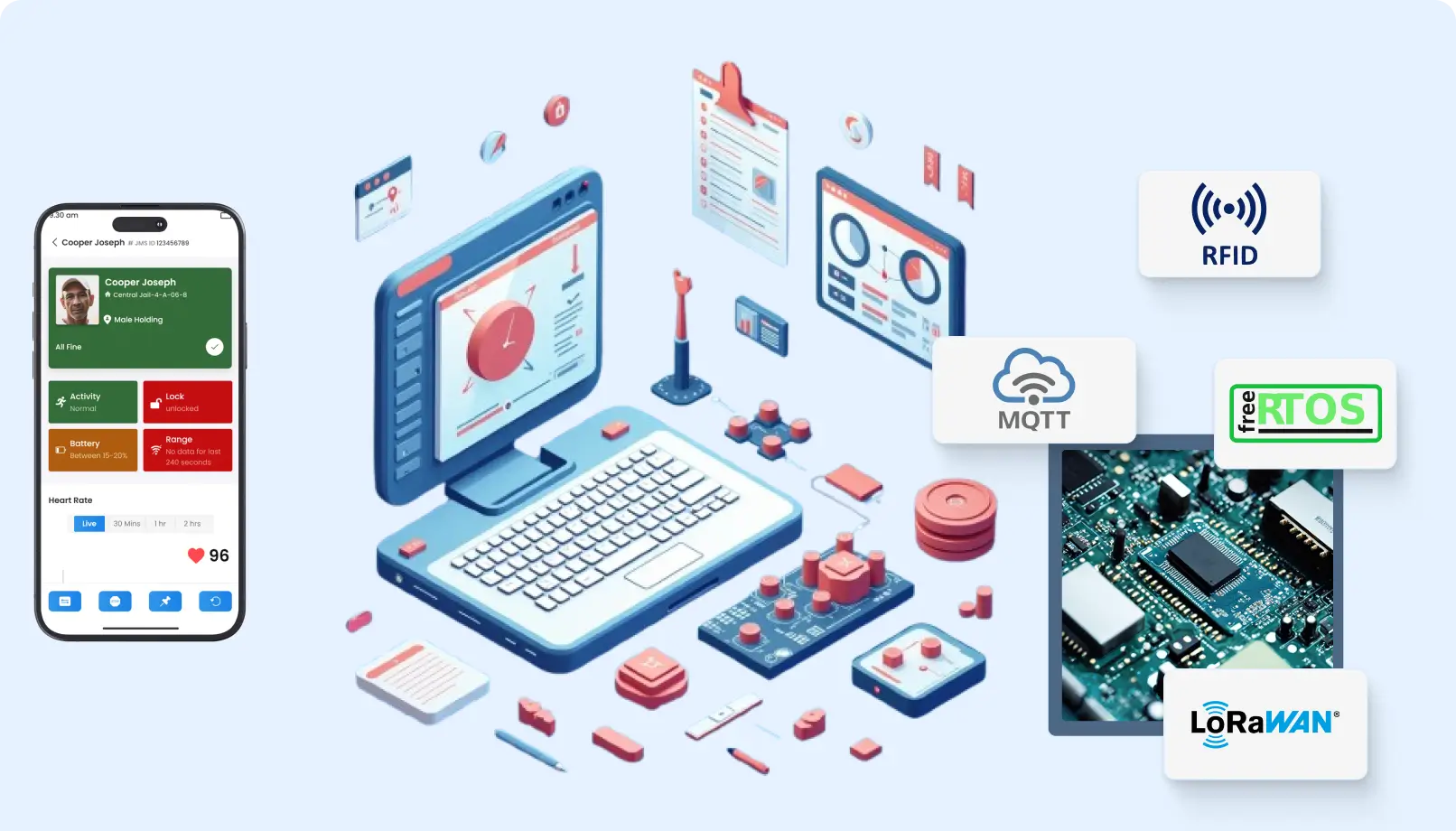The labor-intensive nature of agriculture has been transformed through IoT technology, which has significantly increased farmers’ productivity levels while assisting in better resource consumption and promoting crops and livestock management. At the core of this transformation are IoT dashboards, which collect data from various sensors and devices placed across farms, presenting this information in real-time and enabling timely actions based on insights observed.
A single dashboard can monitor and report key parameters, including soil moisture, crop health, livestock conditions, and equipment efficiency. These insights empower farmers with data-driven choices that improve operational efficiency and sustainability. This article explores how IoT dashboards are enabling next-generation agritech activities and provides real-world use cases of their implementation.
How IoT Dashboards Power Agritech
1. Precision Farming
Precision farming employs a technological approach to monitor and manage agricultural processes more accurately. IoT sensors deployed in fields collect data related to soil moisture, temperature, pH levels, and nutrient content. This data is transmitted to an IoT dashboard, allowing farmers to observe the conditions of their land in real time. The insights gained can be applied to manage fields more efficiently, leading to less waste and optimal crop development.
Use Case: Maximizing Fertilizer and Irrigation
A large farm in Iowa has deployed IoT sensors throughout its fields to measure soil moisture and nutrient levels. This information is rendered into a single IoT dashboard that alerts the farmer when certain field sections are too dry or nutrient-deficient. Instead of blanket coverage, the farmer can apply fertilizers only to the areas that need them. Additionally, the dashboard indicates which sections require irrigation, ensuring that they receive the precise amount of water necessary. This precision helps maintain optimal growing conditions for crops, resulting in better yields and more efficient resource usage.
2. Automated Irrigation
One of the significant challenges in agriculture is ensuring adequate water supply to crops. IoT dashboards-controlled automated irrigation systems address this challenge by adjusting water flow based on real-time soil moisture data. These dashboards continuously monitor soil conditions and trigger irrigation as needed, ensuring crops receive just the right amount of water—no more, no less.
Real-World Use Case: Water Conservation in Vineyard Farming
An IoT-driven automatic irrigation system has been implemented in a California vineyard facing drought and stringent water restrictions. Soil moisture sensors installed among grape plants transmit real-time data to an IoT dashboard, which determines the optimal timing and schedule for watering each vineyard section.
For example, if a part of the vineyard shows high moisture content, the system withholds irrigation in that region to conserve water. Conversely, when moisture levels drop below a certain threshold, the dashboard automatically triggers irrigation in that area. Through precise, data-driven irrigation, this vineyard has reduced water consumption by 30% without compromising grape quality.
3. Livestock Monitoring
IoT technology is also beneficial for livestock management. Sensors attached to animals can monitor health, movement, feeding habits, and vital signs. The collected data is displayed on IoT dashboards, enabling farmers to monitor the health and well-being of their herds in real-time. If an animal shows signs of illness or distress, the farmer receives immediate alerts for early intervention.
Use Case: Early Detection of Health Problems in Dairy Cattle
In New Zealand, a dairy farm employs IoT sensors attached to each cow’s collar to gather information about their vital signs and movements. The data is aggregated in an IoT dashboard, allowing the farmer to assess the cows’ activity levels and adjust feeding accordingly. One morning, the dashboard alerts the farmer that a cow has a higher temperature and reduced movement, indicating illness.
The farmer isolates the cow and inspects her, identifying the cause and administering the necessary medication. Thanks to the advance warning from the IoT dashboard, the illness is detected early, preventing it from spreading to other cows and saving the farm from potential reductions in milk production.
4. Machinery Monitoring
Modern farms rely on heavy machinery such as tractors, harvesters, and irrigation systems. IoT devices can be mounted on these machines to measure real-time fuel consumption, efficiency levels, and maintenance needs. This data is reflected on an IoT dashboard, helping farmers optimize equipment usage and minimize downtime due to unexpected malfunctions.
Real-World Use Case: Efficiency in a Tractor
A large Texas farm cultivating cotton integrates IoT devices into tractors to monitor fuel consumption and engine performance. Data analyzed through an IoT dashboard identifies tractors that consume more fuel than others performing similar tasks, signaling potential mechanical issues.
The farm manager informs tractor drivers about these underperforming machines and schedules maintenance checks. This proactive approach saves the farm money by preventing costly repairs and ensures that equipment operates efficiently during critical harvesting periods.
5. Weather Forecasting and Planning
Weather is a crucial factor in agriculture, influencing vital decisions regarding planning and irrigation. IoT dashboards that combine real-time data with historical weather trends enable farmers to make informed decisions, reducing weather-related risks and improving crop productivity.
Use Case: Harvest Planning Based on Weather Conditions
A soybean farm in Argentina uses an IoT dashboard to track both local weather forecasts and on-field sensor data. The farm manager can identify the best times to plant and harvest crops using this dashboard. For example, if heavy rain is forecasted for the coming week, the manager can delay harvesting to prevent crops from becoming wet.
Conversely, the dashboard advises when temperature and moisture conditions are favorable for sowing. By leveraging weather data, the farm increases yield while minimizing risk factors.
Advantages of IoT Dashboards in Agritech
IoT dashboards in agritech provide several benefits, including:
- Efficiency: Real-time data-driven decision-making enables farmers to enhance operations, resulting in higher crop yields and healthier livestock.
- Resource Conservation: Farmers can use water, fertilizers, and fuel more conservatively, significantly reducing waste.
- Cost Savings: Automation of processes like irrigation and equipment monitoring leads to labor cost savings and prevents unnecessary repair interventions.
- Risk Management: IoT dashboards allow farmers to analyze and manage risks related to weather and livestock health in real-time, fostering sustainable farming practices that minimize environmental impact.
Conclusion
IoT dashboards are revolutionizing modern agriculture by providing farmers with real-time, actionable insights into their operations. From precision farming to automated irrigation, livestock health monitoring, and machinery management, IoT technology empowers farmers to optimize their processes, conserve resources, and increase output.
As the agritech landscape continues to evolve, IoT dashboards will become increasingly integral to farmers’ efforts to meet the growing global food demand while maintaining environmentally friendly practices. With the power of IoT, the agricultural industry is poised for a future defined by data efficiency and innovation.
